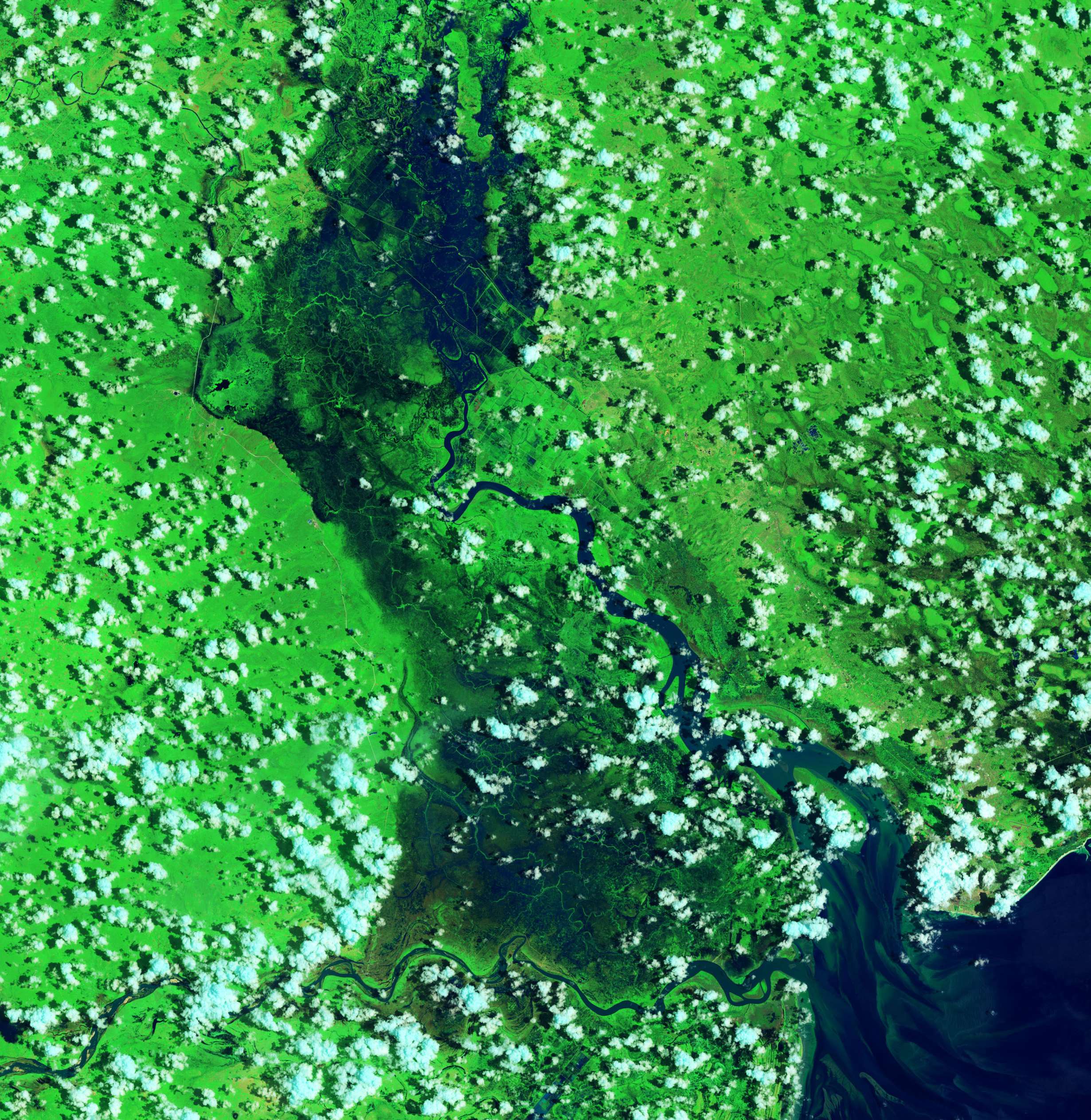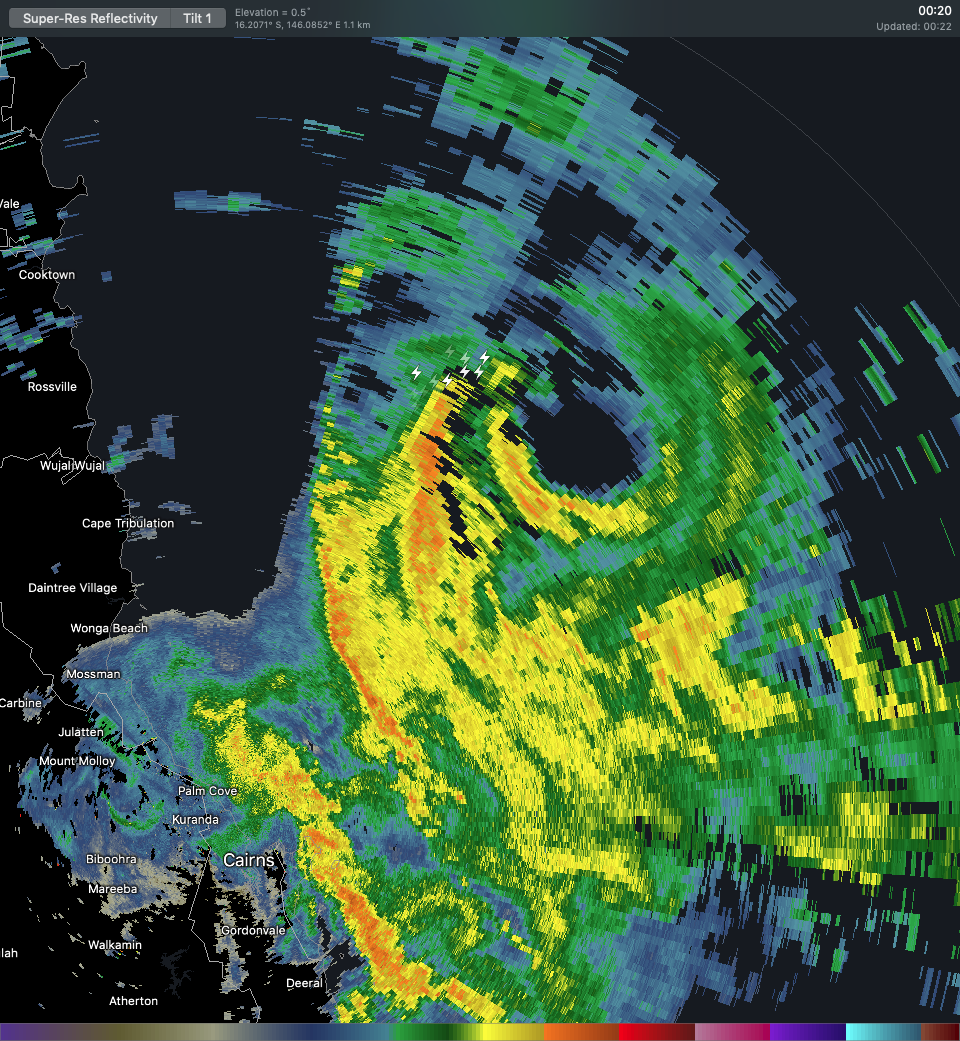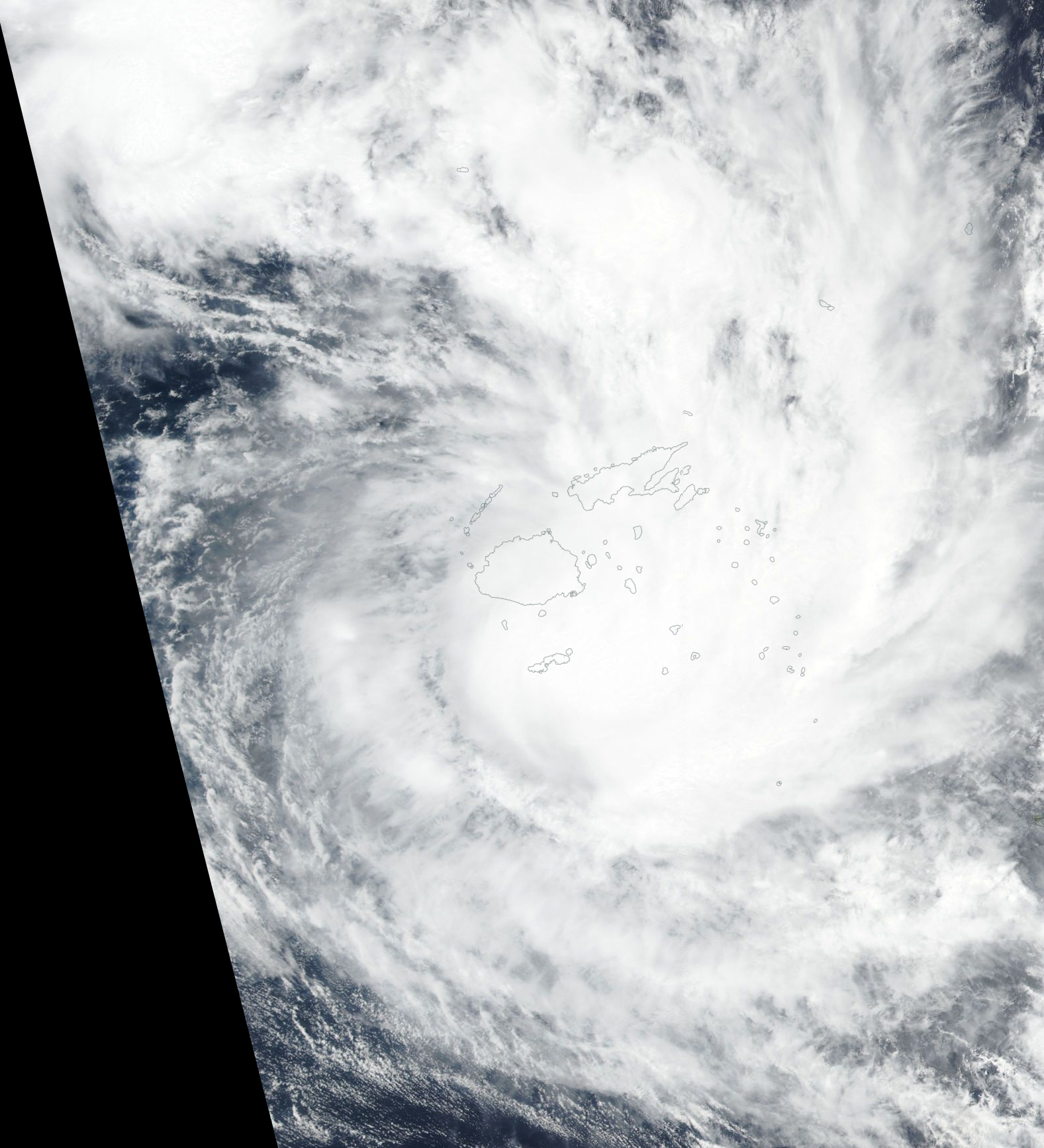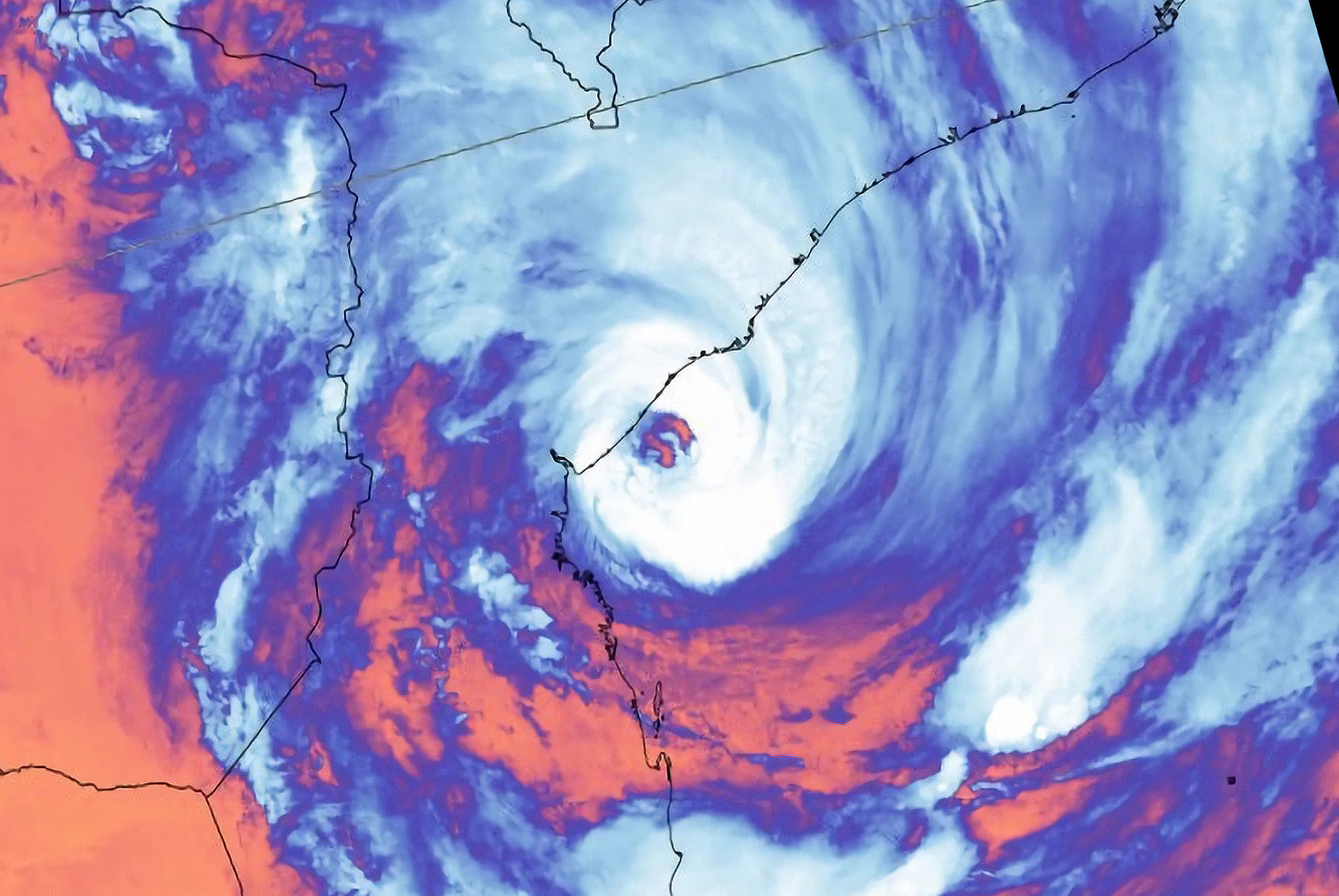January 2021 Worldwide Cyclone Summary
This January has been a fairly active month compared to climatology in cyclone activity, with cyclone development spreading across all three Southern Hemisphere basins: Southwest Indian Ocean, Australian Region, and the South Pacific.

(Credit: NASA Earth Observatory/Landsat-8)
Southwest Indian Ocean
The Southwest Indian Ocean saw the formation of one cyclone, Cyclone Eloise.
Eloise formed on January 14 well to the east of Madagascar, eventually impacting the island as a mid-strength tropical storm.
After clearing the island, Eloise quickly strengthened on its approach to Mozambique, peaking as a Category 2 equivalent storm as it made landfall in Beira with 1-minute winds near 105 mph and 10 minute winds near 90 mph.
Eloise weakened as it moved inland over Africa, dissipating on January 25.
Eloise caused severe damage in Mozambique, with at least 21 deaths reported.
Weather stations in Beira recorded 25cm (10 inches) of rain within 24 hours.
Several rivers burst their banks, causing roads to become submerged in floodwaters.
Additionally, Eloise caused damage and flooding to South Africa, Eswatini, and Zimbabwe, as it weakened across southern Africa.
Australian Region
In the Australian Region, activity was unusually high with the JTWC designating six cyclones: Imogen, Joshua, Kimi, Lucas, 08U, and 12U.
The first four were also classified by the Bureau of Meteorology, the last two being tropical lows by their estimates.

(Credit: RadarScope/Bureau of Meteorology)
The most notable storms this month in the Australian Basin were Kimi, Lucas and 12U.
With a lifespan ranging from the 16th to the 19th of January, Kimi took a short but unpredictable track in the middle of the month, peaking with both 1 and 10-minute winds of 65 mph.
Despite its proximity to land, no impacts have been reported.
Lucas was the strongest storm to form in the Australian basin this month, peaking at 75 mph in 1-minute winds and 70 mph in 10-minute winds over the South Pacific.
The cyclone formed on January 25, and crossed over into the South Pacific basin on February 1.
Shortly thereafter, Lucas made landfall over New Caledonia as a weakened storm, dissipating on February 3.
Damages are currently unknown, and no deaths have been reported as a result of Lucas.
12U was a very unusual storm that took a winding track along the northern coastline of West Australia, forming over land on January 30 and staying over it for 5 days while maintaining its strength as a tropical depression.
It finally attained tropical storm strength as it approached the coastline and peaked as a 40 mph storm, however it began extratropical transition shortly thereafter and dissipated on February 5.

(Credit: NASA/NOAA/Suomi NPP VIIRS)
South Pacific
For the South Pacific Basin, activity was limited to two systems, Ana and Bina.
Ana formed on January 26 northeast of Port Vila, Vanuatu, and began to gradually strengthen.
After several days, Ana made landfall over Viti Levu, Fiji as a Category 1 storm on the SSHWS and a Category 3 on the Australian scale, peaking with 75 mph winds in both scales.
After clearing Fiji, Ana weakened significantly, dissipating on February 3.
Damages from Ana are unknown, with one person confirmed dead and five others still missing as of February 7.
Bina also took a similar track to Ana from January 29-31, with its remnants making landfall just after its dissipation.
Bina peaked with 10-minute winds of 40 mph and 1 minute winds of 50 mph. No significant impacts to land were reported as a result of Bina.
Force Thirteen produces regular updates on our Twitter page and YouTube channel.
Our Cyclone Monitoring Homepage also provides updated graphics and info on cyclones around the world.

